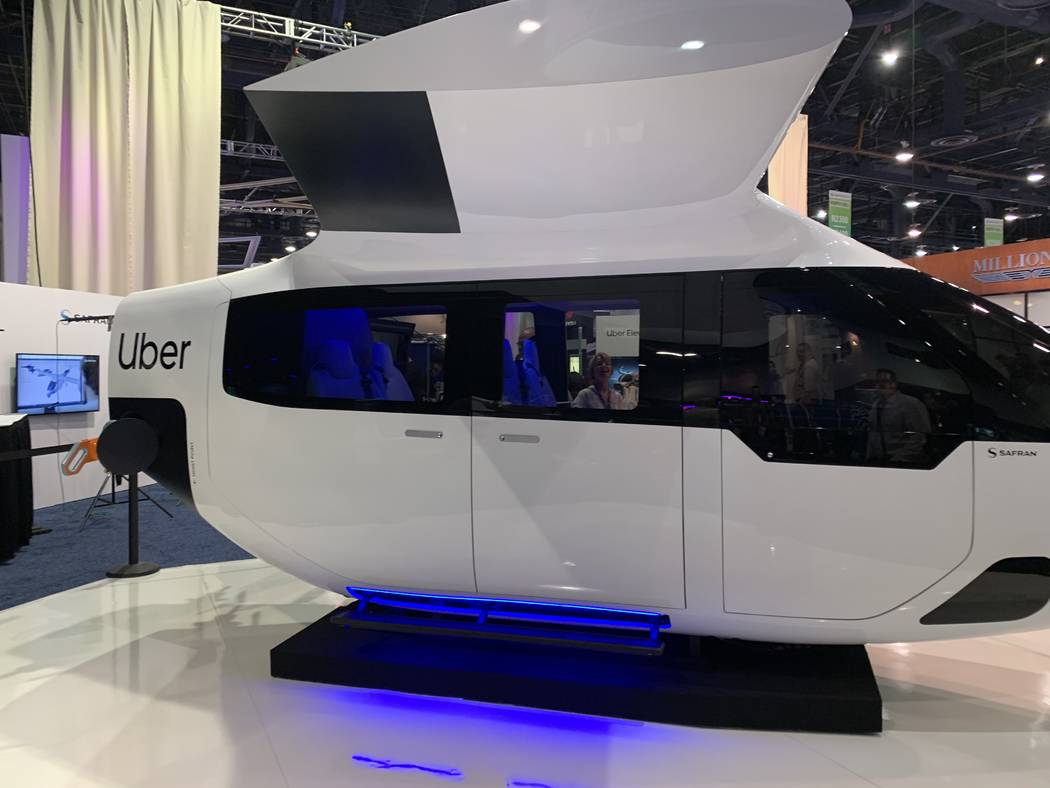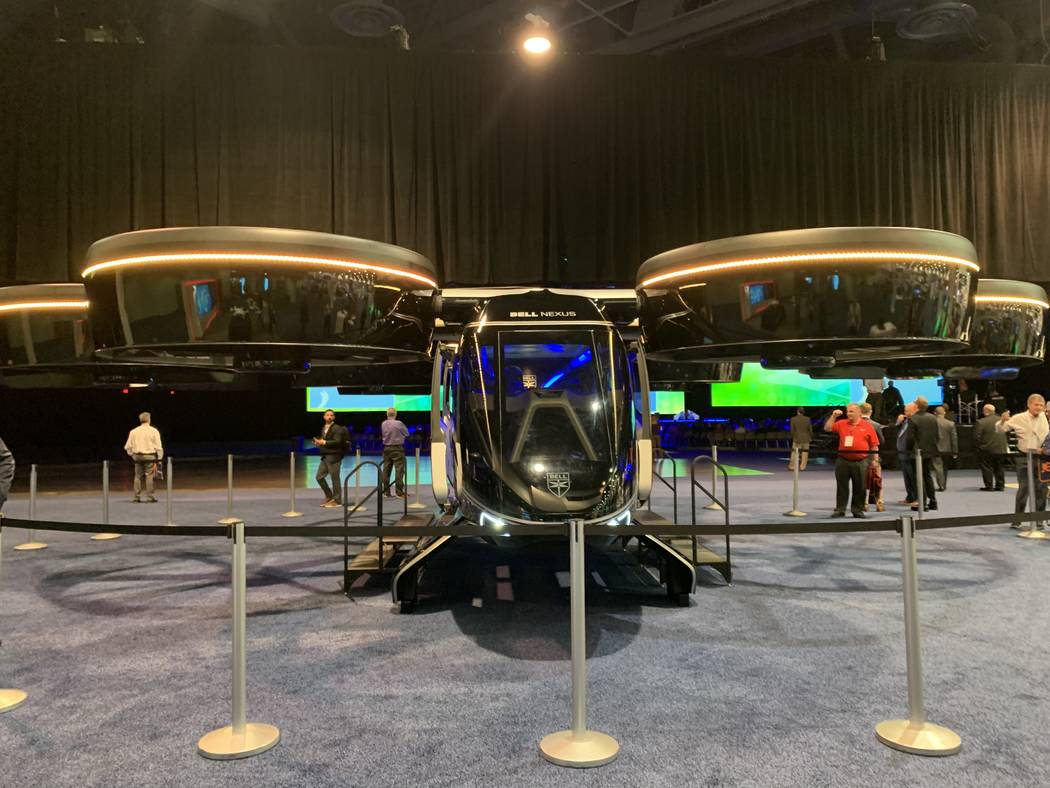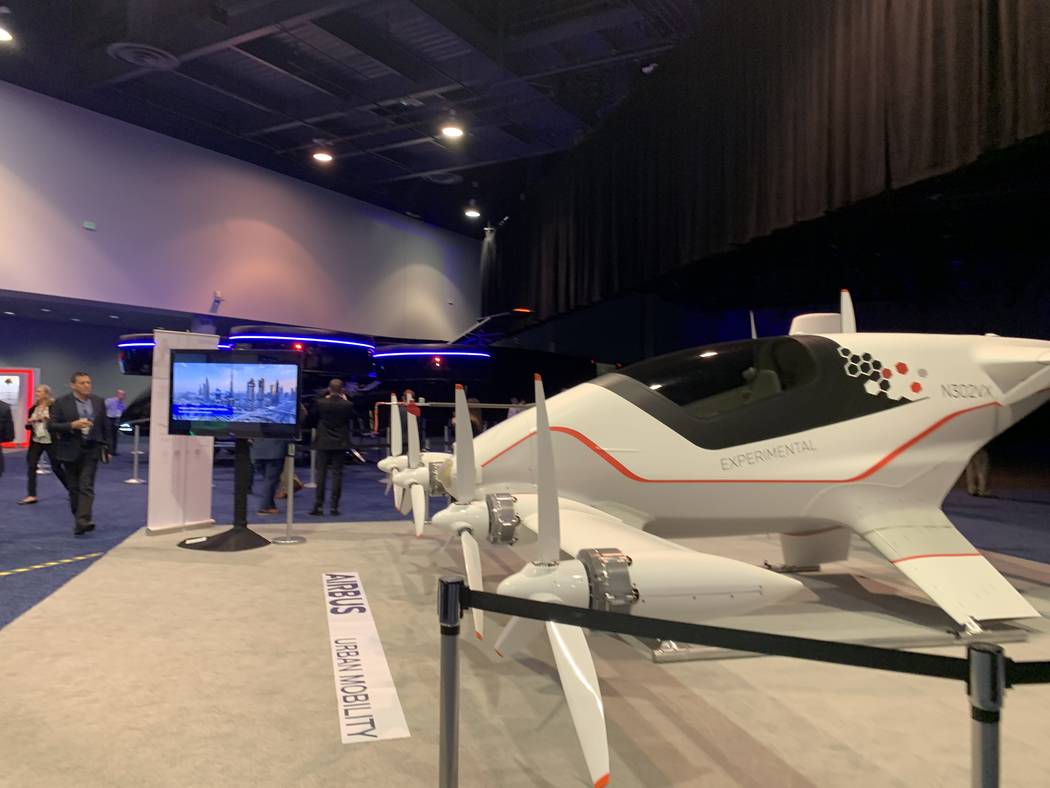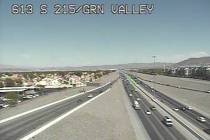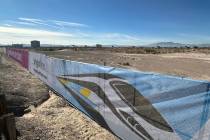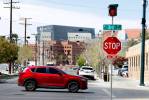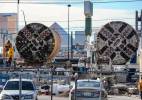Uber sets sights on launching flying taxis in 2023
As cities become more crowded, transportation experts will look to the skies to help address traffic congestion on roadways.
Transportation network company Uber will look to be at the forefront of that effort with its Uber Air program.
Traveling by air for short trips could become normal sooner than one might think, as Uber already has created partnerships and has taken the initial steps to get its program off the ground.
“It’s amazing how far and how fast this has come into our consciousness and permeated our sense for imagination in the future,” said Ed Bolen, president of the National Business Aviation Association at the association’s convention exhibition in Las Vegas last week.
Uber plans to launch Uber Air in 2023 in Los Angeles, Dallas and Melbourne, Australia, utilizing electric flying vehicles.
The company is concentrating on how to move people around cities, which are becoming increasingly crowded. About 55 percent of the world’s population now live in cities, a number that is expected to jump to 68 percent by 2050, according to the United Nations.
Uber entered the mobility market with its ride hailing app, then expanded on that with its Uber X offering and Uber pool, where users can share rides. The move to the air is just the next step in the evolution of moving people around cities, said Eric Allison, head of Uber Elevate, the division working on Uber Air.
“We started with some pretty simple ideas that you could press a button and get a ride,” Allison said. “Our cities all over the world look like this, massive gridlock, massive traffic, so we think we need to do more… Why can’t you fly from downtown San Francisco to San Jose in 15 minutes, instead of all the available options taking an hour and a half and two hours? Why can’t you do this?”
The elevate program plans to intertwine ground and air vehicles to create a seamless mobility system for customers.
Uber believes its goal is realistic as it is working with a number of companies and municipalities who are creating the aircraft that would be used in Uber Air.
“We’re working with partners in the industry… to make this possible and build these new types of assets,” Allison said.
Boeing, Bell and others are working on prototypes and had them on display at NBAA, including Bell’s “Bell Nexus” aircraft model that debuted at CES in January.
The Bell Nexus is similar in size to a helicopter but is configured differently, making it quieter and more environmentally sound. The vehicles would fit up to four people in densely populated urban markets. The vehicles would travel between 150-200 mph, cutting down on daily travel times.
The flying taxis would take off and land from predetermined areas dubbed vertiports. The goal is to have those located in high volume areas in cities where people already are.
“We have a lot of data at our fingerprints at Uber. We’re really good at data,” Allison said. “We can take an area like Dallas, for example, and we can create a heat map of the demand so we can understand how people move on a general basis throughout this whole region.”
Uber took the first steps toward making its program a reality when Uber Air launched this summer in New York. That program uses helicopters to transport riders to and from various areas of the city.
The service runs users between $200-225 to travel from Manhattan to John F. Kennedy Airport, for example. But as Uber gets closer to launching its elevate program, the plan is to get that price down to be as affordable as hailing a ride in a car, Allison said.
“Two hundred dollars is a lot of money to go on a one way trip to the airport,” he said. “Our goal is to make this much more accessible. We think at launch of Uber Air with the early eVTOL (electric vertical take-off and landing aircraft technology) vehicles come in quite a bit under the cost of operation to the helicopter… We could drive this price down to something that’s actually close to the price per mile.”
Contact Mick Akers at makers@reviewjournal.com or 702-387-2920. Follow @mickakers on Twitter.



